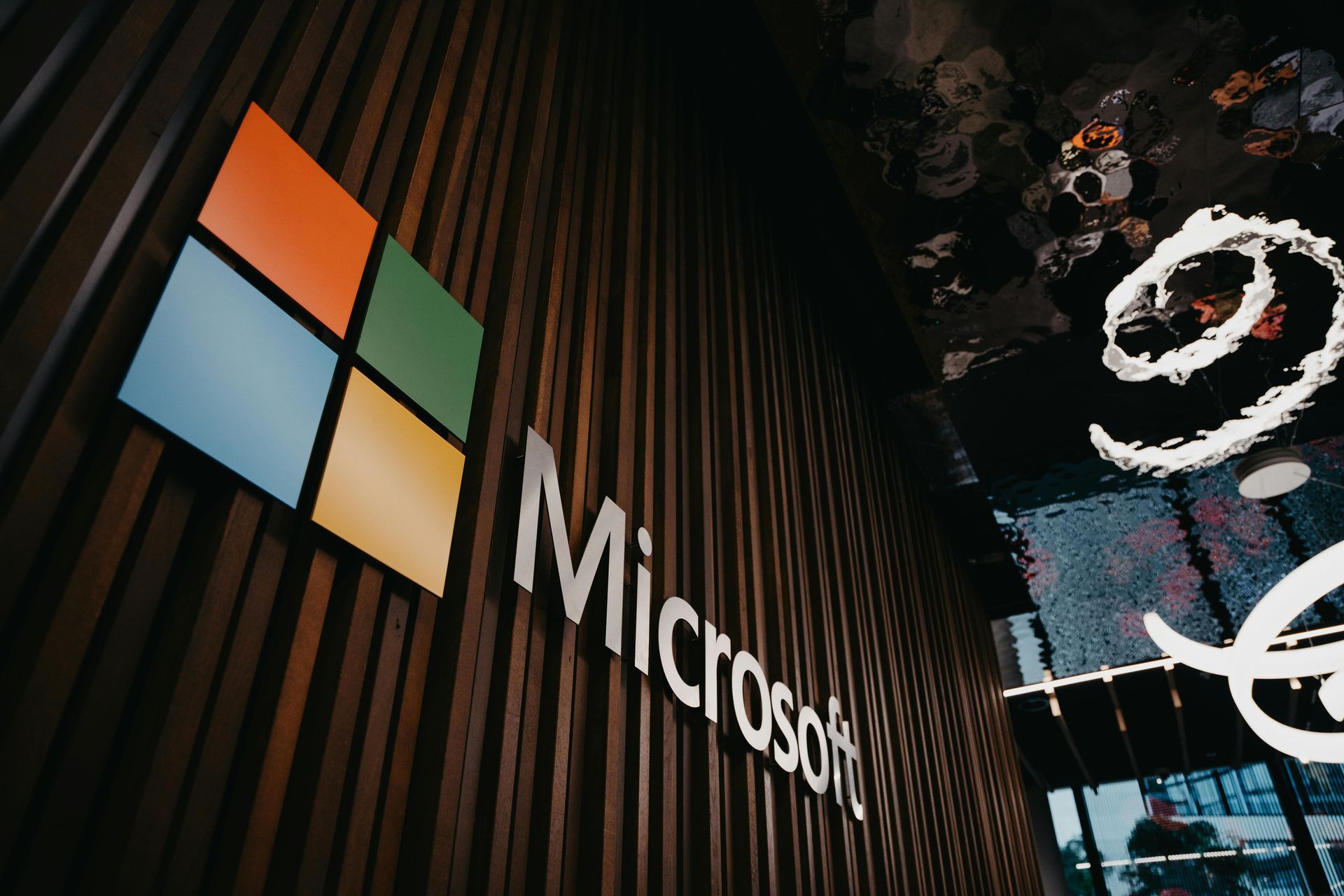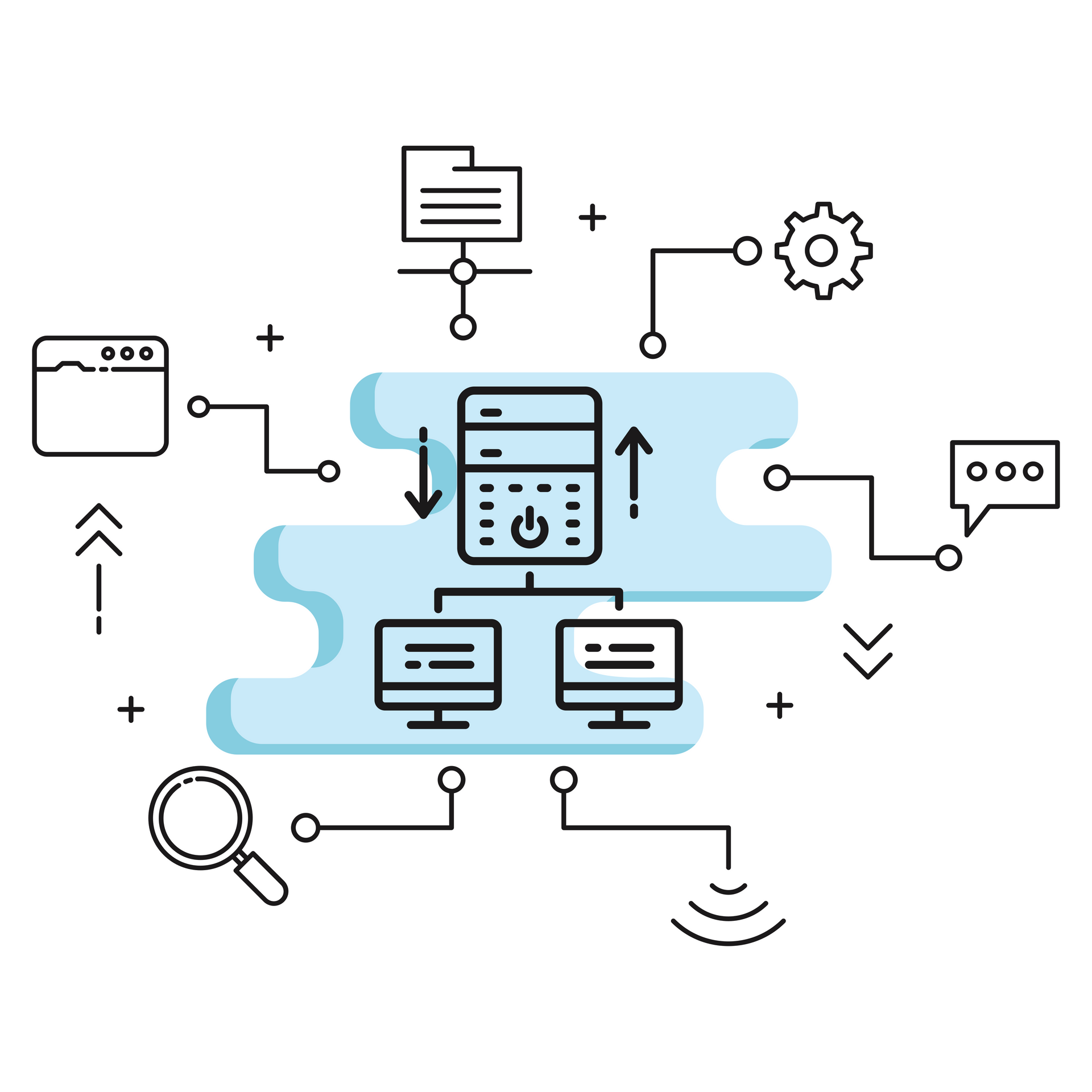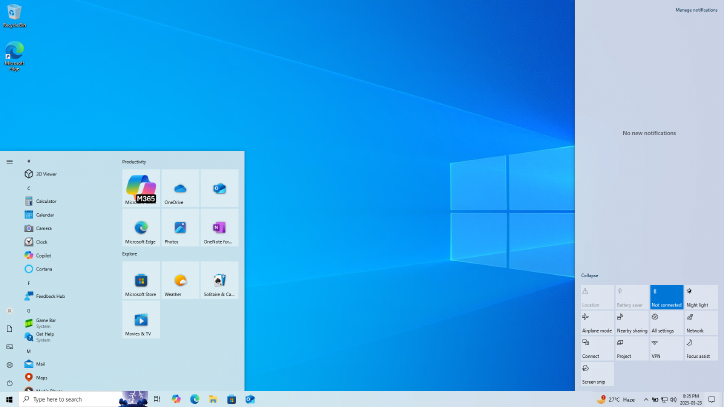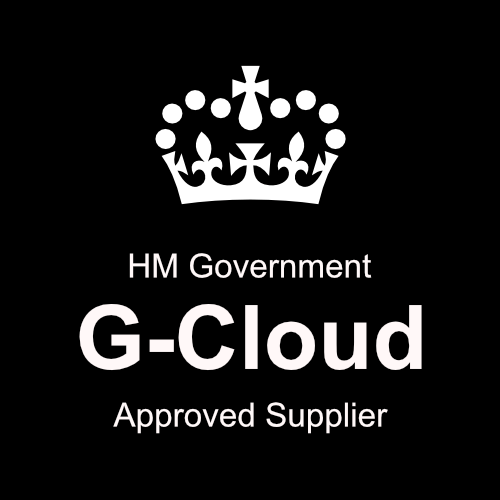Microsoft Azure Outage: DNS Issues Take Down Websites Globally
Microsoft's Azure cloud platform experienced a significant global outage on Wednesday, taking down major websites including Heathrow Airport, NatWest, Minecraft, and numerous retailers across several hours before services were restored.

The Scale of Disruption
The outage began at 16:00 GMT when Microsoft Azure reported "degradation of some services" affecting its cloud computing platform, which underpins substantial portions of the internet. Outage tracker Downdetector recorded thousands of reports of problems with websites worldwide.
UK-affected sites included supermarket Asda, M&S, mobile operator O2, and banking services at NatWest. In the United States, users reported problems accessing Starbucks and retailer Kroger. Business customers using Microsoft 365 experienced delays with Outlook and other services.
By 21:00 GMT, Microsoft had restored a prior update, bringing most affected websites back online after hours of disruption.
The Root Cause: DNS Configuration Error
Microsoft attributed the outage to "DNS issues"—the same root cause behind last week's massive Amazon Web Services outage. The company stated it believed the disruption resulted from "an inadvertent configuration change"—essentially, a behind-the-scenes system modification with unintended consequences.
DNS (Domain Name System) acts as the internet's address book, translating human-readable website names into IP addresses that computers use to locate services. When DNS systems fail, websites become unreachable even though the underlying infrastructure remains operational.
The similarity to the recent AWS DNS failure highlights a concerning pattern: critical internet infrastructure remains vulnerable to configuration errors that can cascade into widespread disruption.
Business and Public Sector Impact
The outage extended beyond commercial websites. Business at the Scottish Parliament was suspended due to technical issues with the parliament's online voting system, forcing postponement of debate over land reform legislation.
NatWest assured customers that whilst its website was temporarily impacted, mobile banking, web chat, and telephone customer services remained available throughout the disruption.
The Cloud Concentration Problem
Microsoft Azure holds approximately 20% of the global cloud market, alongside Amazon Web Services and Google Cloud. This concentration means outages at any of these providers can have devastating ripple effects.
Experts warn that when major cloud providers experience problems, the effects can disable hundreds or even thousands of applications and systems simultaneously. Whilst economic pressures naturally push organisations toward consolidating resources with a few very large providers for cost efficiency, this approach concentrates risk significantly—essentially creating dependence on just a handful of infrastructure providers.
The modern internet's complexity also contributes to its fragility. Cloud platforms like Azure and AWS may appear as single, unified infrastructure systems, but in reality they comprise thousands or tens of thousands of interconnected components working together. These components include pieces managed directly by the cloud providers themselves, as well as elements overseen by third-party vendors—creating intricate dependency chains where failures in one area can cascade unpredictably through the entire system.
The Pattern Emerges
This marks the second major cloud outage in a week, following last week's AWS DNS failure. The pattern reveals that even industry-leading cloud providers remain vulnerable to configuration errors in critical systems.
For organisations dependent on cloud infrastructure, these incidents underscore the importance of resilience planning that accounts for provider-level failures, not just the multi-region redundancy that cloud vendors promote.
Build Multi-Cloud Resilience
At Altiatech, we help organisations design cloud strategies that account for provider-level outages. Our cloud services expertise spans Microsoft Azure, Amazon Web Services, and Google Cloud Platform, enabling genuine multi-cloud architectures that maintain operations even when individual providers experience disruption.
Get in touch:
📧 Email:
innovate@altiatech.com
📞 Phone (UK): +44 (0)330 332 5482
Build resilience across clouds.













